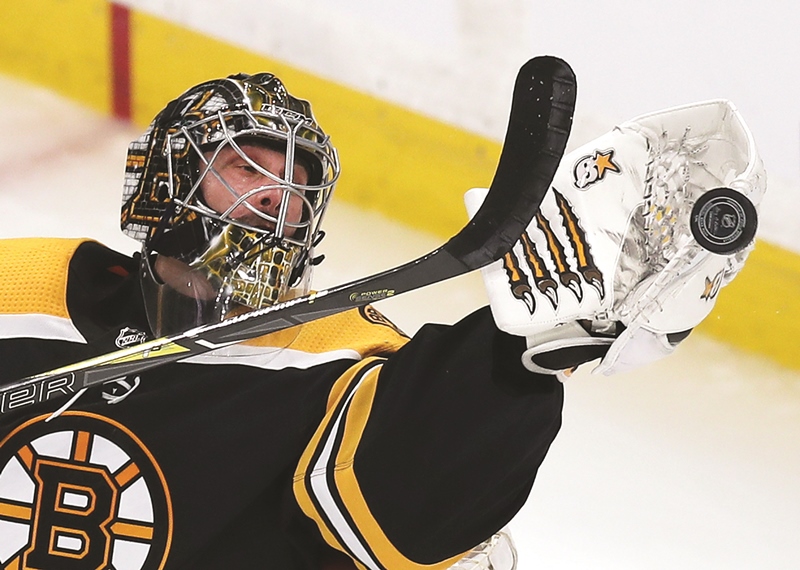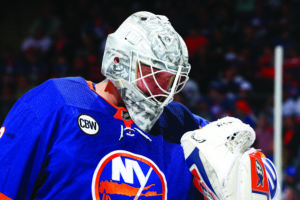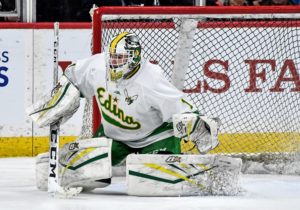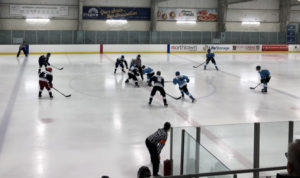
With three forwards and two defensemen, the goalie position is the only one in the sport where one individual plays at a time. The cliché involving goalies is that they all are a little different than your average hockey player, and that mainly sticks because who else is willing to stand in front of a frozen piece of rubber flying at them at 85 miles an hour?
The goalie also can live up to that moniker, however, because of the amount of attention to detail he or she takes in picking out the right gear. Every goalie has his or her own style, in regard to playing and how he or she wants to look on the ice.
Rich O’Rourke and owner Paul Stanton are the primary goalie experts at Sports Etc. in Arlington, Mass., and they know what goalies are looking for.
“Most goalies are looking for gear that matches their style,” O’Rourke said. “Some goalies require pads that allow greater mobility, while others need pads that offer greater coverage and a tighter seal while on the ice. Also, we’ve seen a greater emphasis on top-shelf chest protectors, like the Vaughn VE8 Carbon Pro, and masks, like the Bauer Profile 960, as they take the brunt of a lot of the hardest impacts.”





